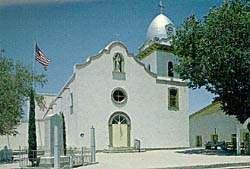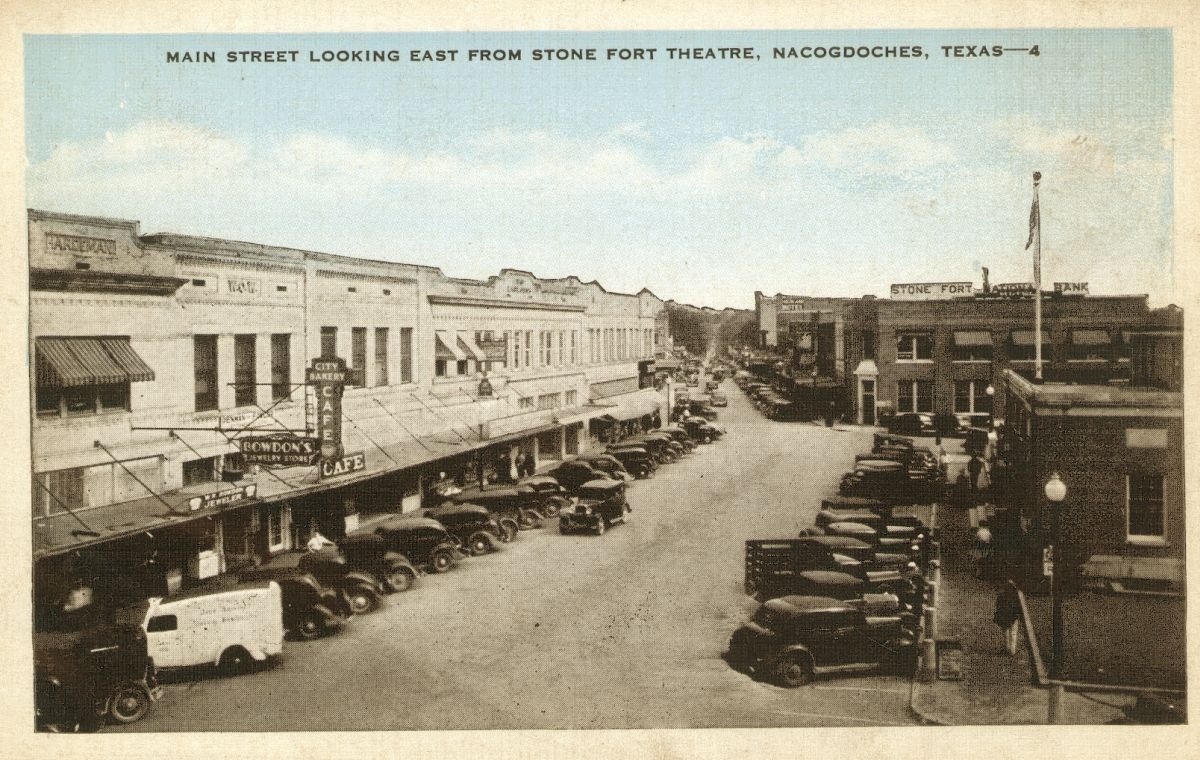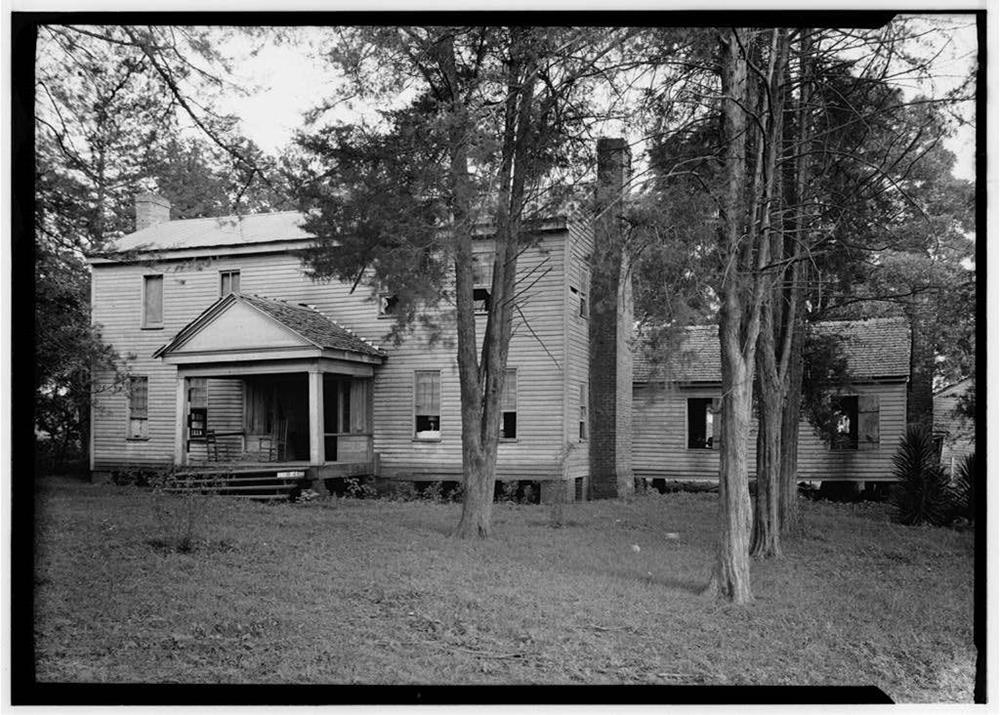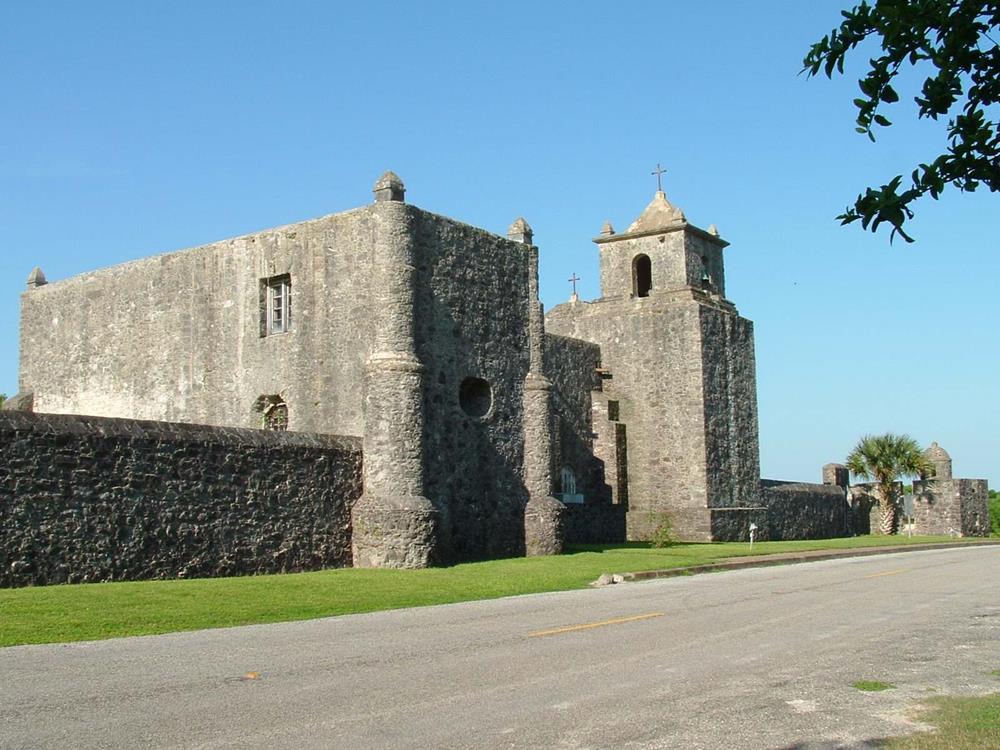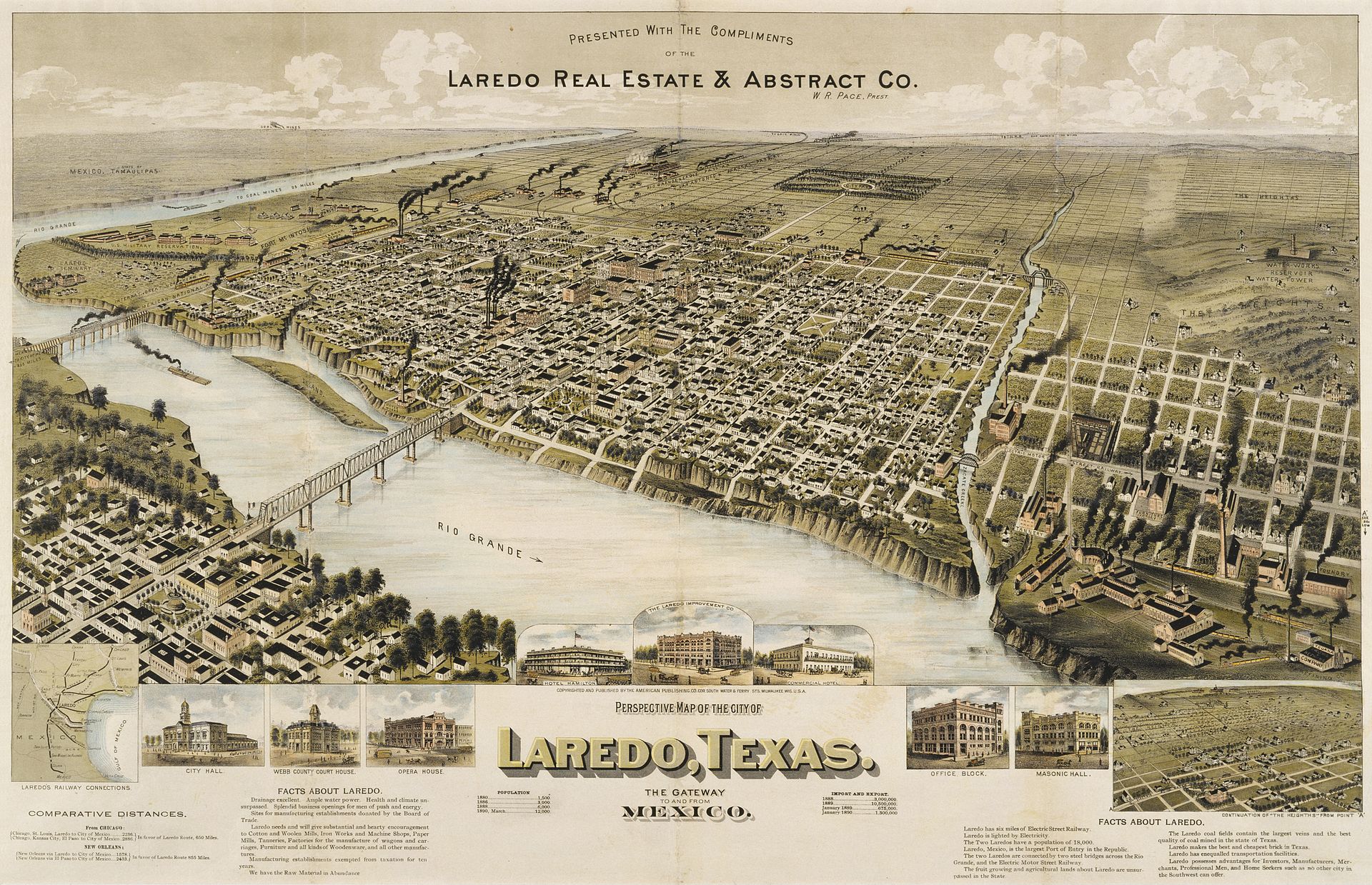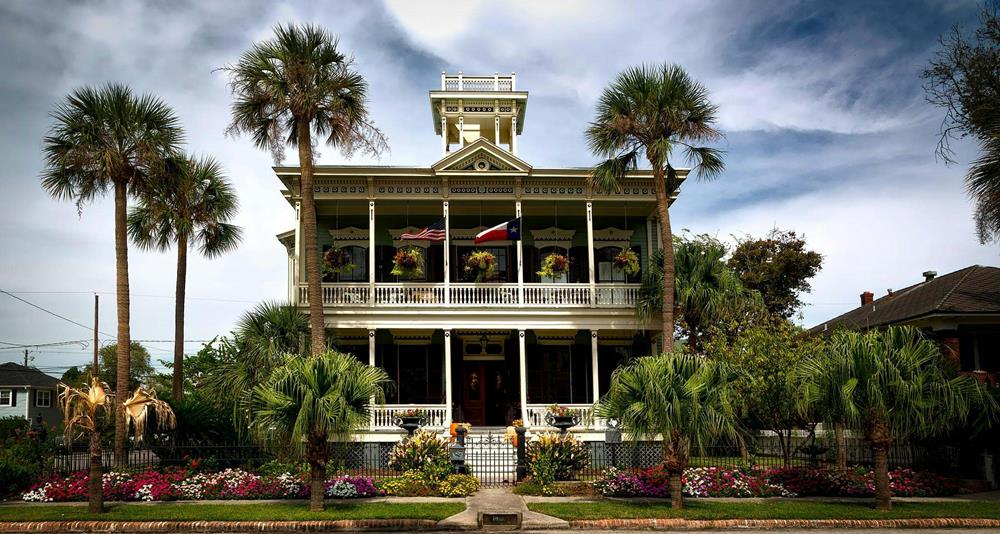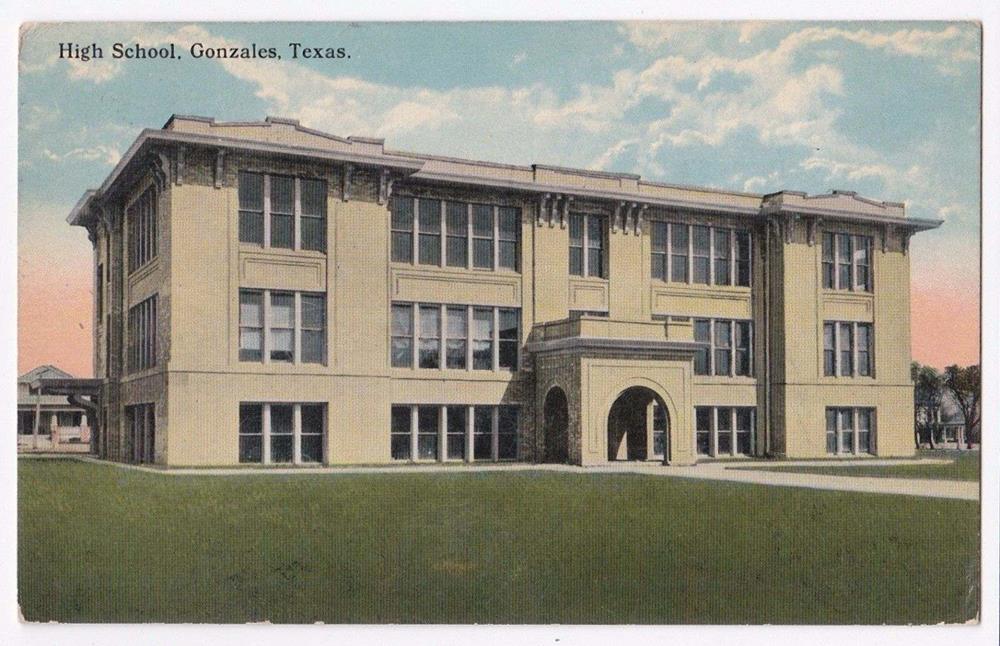Texas has been included as an official state of the United States of America since 1845. However, some cities in the Lone Star State are actually much older – a few of them were established as early as the 17th century to the 18th century. Let’s discover the oldest cities in Texas:
Ysleta (1680)
Ysleta, now a community within El Paso, Texas, is the oldest city in Texas. Established in 1680 as a Spanish mission, the area offers a unique glimpse into Texas’s past. It served as a refuge for Spanish conquistadors, Tigua Indians, and Franciscan clerics fleeing the Pueblo Revolt.
This area’s deep historical roots were further cemented when Ysleta was recognized as a city in 1880 and briefly served as the county seat of El Paso County. However, following local disagreements, the county seat moved to El Paso in 1883, leading to Ysleta’s municipal government dissolving in 1895.
At the heart of Ysleta’s historical charm is the Ysleta Mission, one of Texas’s oldest missions, which stands as a symbol of spiritual and historical significance. Its adobe walls and rustic beauty are not just architectural marvels but are steeped in tales from centuries past, echoing the resilience and enduring spirit of the people who have called Ysleta home.
The Ysleta Mission Festival, an annual event, brings to life the sounds, colors, and flavors of the local culture. Traditional music, dance, and food create an immersive experience, inviting visitors and locals alike to partake in the celebration of Ysleta’s unique history and identity.
Nacogdoches (1716)
Often celebrated as “the oldest town in Texas” by its Convention and Visitors Bureau, Nacogdoches holds a quaint charm. Established in 1716, the town predates the state of Texas. The city was once home to the Caddo Indians, and it later became a crucial point in the Spanish mission system. This blend of indigenous and European influences has given Nacogdoches a unique cultural identity that is distinctly Texan yet universally appealing.
A stroll through the brick streets of downtown Nacogdoches is like walking through a living museum. Historic landmarks such as the Old Stone Fort Museum, originally built as a mercantile store in 1779, offer a window into the city’s past roles in Texas history, including the tumultuous era of the Texas Revolution.
The city also hosts numerous festivals and events throughout the year, including the Texas Blueberry Festival, which celebrates the region’s agricultural heritage with family-friendly activities and delicious local produce.
San Augustine (1717)
The quaint city of San Augustine, established in 1717, is one of the earliest European settlements in Texas. Once inhabited by Native American tribes, it evolved when Spanish missionaries made their mark. The town draws its name from the Spanish presidio “Presidio de San Agustin de Ahumada,” honoring Don Agustín de Ahumada y Villalón, the Viceroy of New Spain.
San Augustine served as the county seat of San Augustine County in East Texas, dating back to 1717 with the establishment of Mission Nuestra Señora de los Dolores de los Ais by Spanish missionaries. Despite its abandonment in 1721, the mission site, now preserved as the Mission Dolores State Historic Site, continued to be a residence until 1773.
This small, charming city is full of stories to tell. As you wander through San Augustine, the historic structures and serene landscapes are like pages turning in Texas’ history book. This Mission Dolores State Historic Site is perfect for history enthusiasts and casual explorers alike, giving visitors a rare glimpse into the early interactions between European settlers and Native American tribes. Meanwhile, the city’s downtown area, with its classic Texan architecture and historic sites, offers a picturesque backdrop to a leisurely afternoon stroll.
San Antonio (1718)
Often highlighted as one of Texas’s most popular cities, San Antonio is celebrated for more than just the San Antonio Spurs and its famous attractions like The Alamo and the River Walk. Many visitors may not realize that San Antonio is also one of the state’s oldest cities, established in 1718 as a mission by Spanish missionaries.
San Antonio’s story is intricately woven with the narrative of the state itself. The city was a vital outpost during the Spanish colonial period, marked by the construction of the famed Mission San Antonio de Valero, better known as The Alamo. The Alamo was the site of the famous 1836 battle, an event etched deeply into the American consciousness.
But the allure of San Antonio extends beyond its historical battlegrounds. The San Antonio Missions National Historical Park, encompassing four missions, is a UNESCO World Heritage Site that beckons visitors to explore the city’s early religious and cultural roots. Each mission offers a unique glimpse into the lives of the early inhabitants, blending Spanish and indigenous influences.
Over time, it evolved from a civil settlement of the Spanish Empire to a key location in the First Mexican Republic and, finally, into a vital part of the Republic of Texas in 1836.
Austin (1730)
Austin, the vibrant capital city of Texas, is renowned for its eclectic vibe and dynamic cultural scene. Founded around 1730 with the establishment of a Spanish mission, Austin’s roots are deep in Texas soil, yet it boasts a youthful energy that keeps it at the forefront of modernity.
Originally known as Waterloo, the city was renamed after Stephen F. Austin, the “Father of Texas.” It was in the 1830s that Anglo settlers began to lay down permanent roots, and in 1839, Austin was chosen as the capital of the Republic of Texas, marking the beginning of its rise as a political and cultural hub.
But Austin is not all about politics and history. It’s known as the “Live Music Capital of the World,” a title that reflects its vibrant music scene, from country to rock to blues and beyond. The city is teeming with live music venues, and its annual festivals, like South by Southwest and Austin City Limits, draw artists and audiences from all over the globe.
Austin is also a city that embraces the great outdoors, with beautiful parks and lakes that are perfect for hiking, biking, kayaking, or just enjoying a sunny day. Lady Bird Lake, Zilker Park, and Barton Springs Pool are just a few of the city’s beloved natural attractions.
Goliad (1749)
Goliad, nestled in Texas’s southeastern region, carries a rich historical significance within its modest population. Founded in 1749, Goliad is not only one of the oldest cities in the state, but it’s also a place where pivotal events in the Texas Revolution unfolded.
Goliad is home to the Presidio La Bahia, a fort that played a central role during the Texas Revolution. The Goliad Massacre, a tragic event where Texian soldiers were executed by the Mexican Army, happened here. The restored Presidio La Bahia stands as a museum, allowing visitors to step back in time and experience the city’s historic roots firsthand.
Following the Mexican War of Independence, the city was renamed Goliad in 1829, a tribute to Miguel Hidalgo, the esteemed figure of Mexican independence. Goliad then solidified its place in Texan history by becoming part of the Republic of Texas in 1836.
Laredo (1755)
Known as “The Gateway City” and the “City Under Seven Flags,” Laredo’s history reflects its role as a vital crossing point along the Mexico–United States border. Founded in 1755 as “Villa de San Agustin de Laredo,” a part of New Spain, Laredo evolved into the capital of the short-lived Republic of the Rio Grande and eventually became a significant inland port on the Mexican border.
Recharted as a city in Texas in 1852, Laredo stands today as a symbol of historic resilience and cultural diversity. Here, they proudly fly seven flags instead of the typical six – giving space to the flag for the Republic of the Rio Grande. Laredo’s vibrant culture, historical significance, and role as a major hub for trade make it a unique destination in Texas.
Presidio (1760)
Established around 1760, Presidio stands near the confluence of the Rio Grande and Rio Conchos. This area that has been continuously inhabited since ancient times, as the communities thrive on agriculture and fishing. Presidio’s history reflects its strategic geographical location and its role in various historical periods, including the Mexican Revolution.
This city, though a part of Texas, has a unique character shaped by its long history of human habitation and cultural interactions. Visitors to Presidio can explore this rich heritage and experience the unique blend of cultures that define this historic Texas city.
The Spaniards, arriving in 1535, encountered these established communities, referring to them as “pueblos.” Through the years, as Presidio changed hands and names, it emerged as a unique blend of cultures and histories. Today, Presidio stands as a city shaped by its long-standing heritage and strategic location, offering a unique window into Texas’s deep historical roots.
Galveston (1817)
Galveston, a charming coastal resort city in Southeast Texas, boasts a storied history as one of Texas’s oldest. Galveston Island was originally known to its native inhabitants as “Auia.” Established as a European settlement in 1817, the city was renamed in honor of Bernardo de Gálvez y Madrid, a notable Spanish military and political figure.
Galveston has played various key roles throughout Texas’s history, including its time as a major port city and a hub for commerce and immigration. Known for its beautiful Victorian architecture, Galveston’s charm lies in its ability to blend its rich historical past with its vibrant present.
The city’s historic Strand District offers a glimpse into its prosperous past, while its beaches and annual events, like the famous Mardi Gras celebration, highlight its dynamic present-day culture. Visitors to Galveston can enjoy both the city’s historical significance and its modern attractions, making it a unique and captivating destination in Texas.
Gonzales (1825)
Gonzales, situated south of Austin and east of San Antonio, holds a significant place in Texas history. Named in honor of Rafael Gonzáles, a governor of Coahuila y Tejas, it was established as the capital of Green DeWitt’s colony in 1825.
Following the tumultuous Texas Revolution, Gonzales experienced a period of neglect but was revitalized in the early 1840s. Today, it stands as a testament to the resilience and spirit of Texas, a city steeped in history yet bustling with life and community.
The city’s proud heritage is celebrated annually with “Come-and-Take-It” Days, honoring its pivotal role in Texas history and showcasing its enduring spirit. Gonzales marries its rich historical significance with the charm of a close-knit community, making it a fascinating stop in our exploration of Texas’ oldest cities.
Conclusion
From Ysleta’s ancient roots to Gonzales’ historic valor, each city tells its unique story, contributing to the rich history of Texas. These cities not only reflect Texas’s past but also embody the spirit that shapes its present and future. They stand as living museums of the state’s diverse and dynamic history. So, if you want to learn more about the history of the Lone Star State, these cities are a must-visit!


